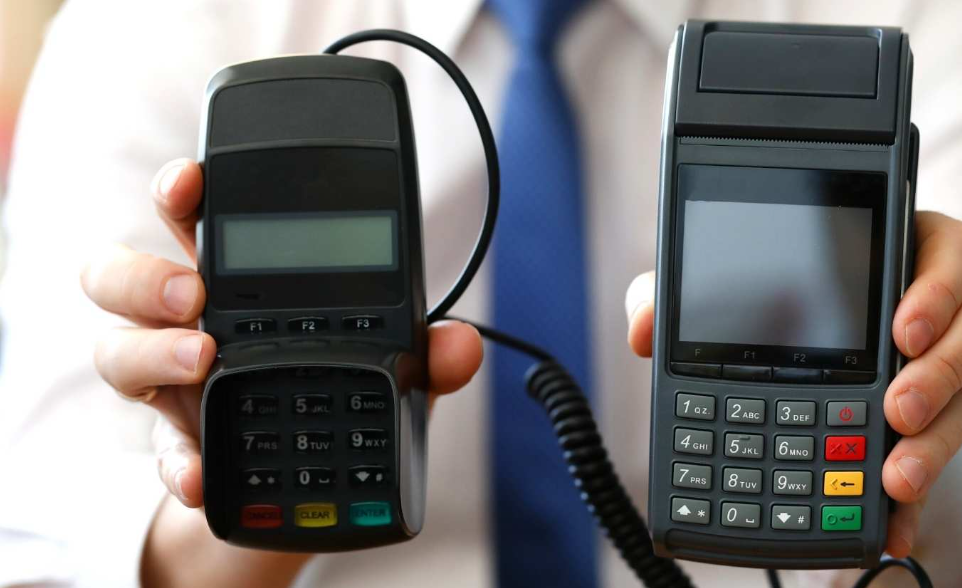Payment systems have evolved significantly, offering businesses various solutions to streamline transactions. Choosing the right payment terminal machine depends on your business needs, transaction volume, and customer preferences.
Below, we explore five types of machines commonly used today, each designed to enhance the checkout experience.
1. Countertop Terminals
Countertop terminals are a popular choice for brick-and-mortar stores. These machines are connected to a power source and internet via a wired connection, ensuring reliable operation. Their simplicity and durability make them ideal for businesses with a fixed checkout area, such as retail shops and restaurants. Many models now support contactless payments, chip-and-PIN transactions, and mobile wallets, providing a versatile solution.
2. Portable Terminals
Portable terminals are perfect for businesses where transactions occur away from the main counter, such as in restaurants or outdoor venues. These devices are equipped with Wi-Fi or Bluetooth connectivity, allowing them to function within a defined range. Their portability ensures staff can bring the terminal directly to the customer, enhancing convenience and improving service efficiency.
3. Mobile Payment Terminals
Mobile payment terminals are compact devices that pair with smartphones or tablets via Bluetooth. They use mobile apps to process transactions and are an excellent choice for businesses on the go, like market stalls or delivery services. These machines are affordable and easy to use, making them popular among small business owners and freelancers.
4. Integrated POS Systems
Integrated POS (Point of Sale) systems combine payment processing with inventory management, sales tracking, and customer data analysis. These all-in-one solutions are suited for larger businesses requiring detailed operational insights. They often include advanced features like touchscreen interfaces, loyalty programme integration, and multi-terminal networking.
5. Virtual Terminals
A virtual terminal is a software-based solution that enables businesses to process payments via a computer or mobile device. These are ideal for remote transactions, such as over-the-phone sales or mail orders. Virtual terminals provide flexibility for businesses that don’t rely heavily on face-to-face interactions but still need a reliable way to accept payments.
Conclusion
Selecting the right payment terminal machine is critical to ensuring smooth, secure, and efficient transactions tailored to your business needs. Whether you require a fixed countertop terminal or a versatile mobile solution, understanding these options will help you make an informed decision. By choosing the best fit, you’ll enhance customer satisfaction and improve operational efficiency.

